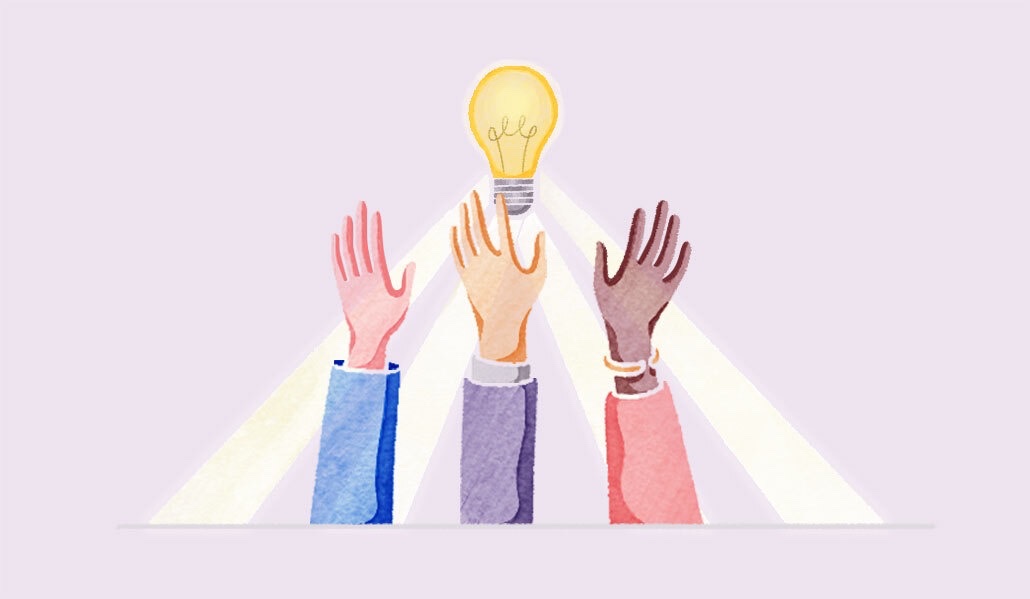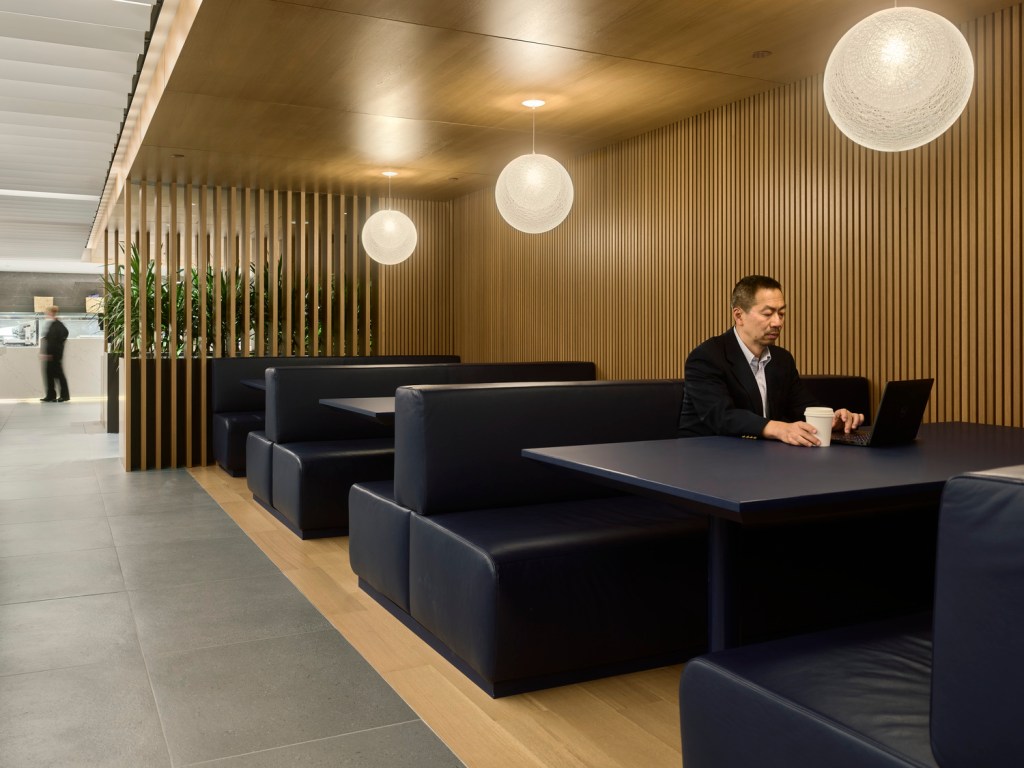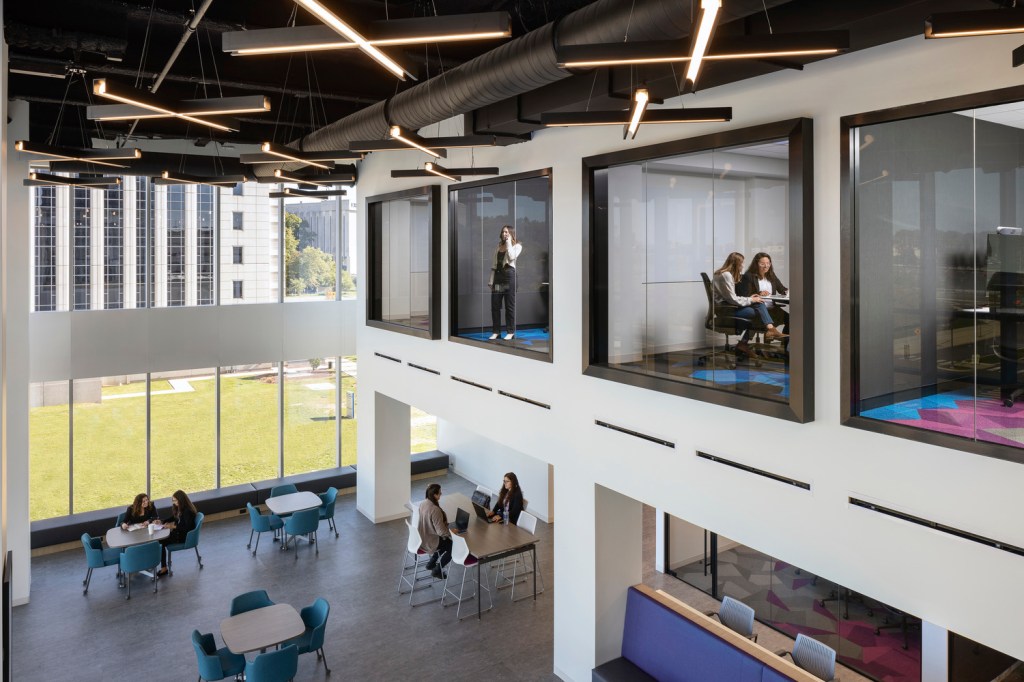How corporate office lighting is getting a makeover to boost productivity

Returning to offices means returning to environments that might be too loud, too cold or otherwise unsuitable for certain workers, making it harder for them to be productive. They can also be too bright or dimly lit — a key element garnering greater attention and more consideration in workplace design with companies now making adjustments to better suit employee needs.
Workplaces are shifting from fluorescent overhead lighting to softer and adjustable LED lights and reconfiguring spaces to make sunlit areas and dedicated dark spaces more accessible for all staff, while recognizing how much light can affect one’s mood and how employee preferences can vary widely.
Fluorescent overhead lighting was previously the standard as it was cost-effective and met the need. But over the past decade LED lighting has become the norm in new office buildings as costs have fallen and amid a move toward more energy efficient design, workplace design experts say.
“We’re starting to see a lot of building owners actually take the time to spend the money to swap out old fluorescent lighting to LED lighting,” said Bethanne Mikkelsen, managing principal at Ankrom Moisan Architects. “Not only is it more efficient, it really has such an impact on user experience and productivity in the workplace, and it really does impact the mood,” she said.
Being flooded with overhead fluorescent lighting can cause eye-strain, migraines, and intensify emotions, she said, and while it may be appropriate in big box retail stores for temporary periods of time, it’s not ideal to be in those environments for eight hours a day.
Employers are also now looking more closely at what specific lighting options they have throughout their offices, and how they can better offer returning workers spaces that they feel they can work best out of. Preferences of course also vary widely depending on the job.
“Law offices, they still do a lot of paper task kind of work, so they do require brighter light levels,” said Justine Parrish, senior lighting designer from Spark, HLW’s architectural lighting team. “Software engineers, they like it a bit dimmer because they’re on screens all day, and usually they have a black backdrop with a white font,” she said.

But post pandemic, “really giving people some autonomy over how they can control their environment is key to being able to help workers be more productive,” Mikkelsen said.
One example is by providing task lights on desks so staff can control the amount of light they have depending on what they’re working on. Companies are also designing offices with quiet rooms, typically without windows, closer to the core of the office, and intentionally dimly lit.
“When the light gets dimmer, it really creates this more consciousness of how loud or how quiet you are, and so if you’re really just needing to focus and settle down, having those sorts of darker dimmer spaces to be able to go to is really key,” Mikkelsen said.
An emphasis on incorporating daylight and making it more accessible is another big workplace design trend that comes as employee health and well-being remains top of mind for companies.
Access to good views and good lighting was traditionally more based on organizational hierarchies, with upper managers offices often situated on the window line. Now architects are designing offices with cafes, break rooms and other shared spaces on the window line so everyone can experience natural light during the workday, she said.

“We’re seeing a big shift and right now focused on allowing all employees to experience natural light,” she said.
Some more advanced LED technology today — though still pricey and not yet widely used — includes automatic dimming and brightening features that coordinate with the daylight outside.
“These LED technologies are getting a lot better, just within the last few years,” Parrish said. “It’s something I’m hoping that the cost starts coming down a little bit and we can start to see it a little more on projects,” she said.

